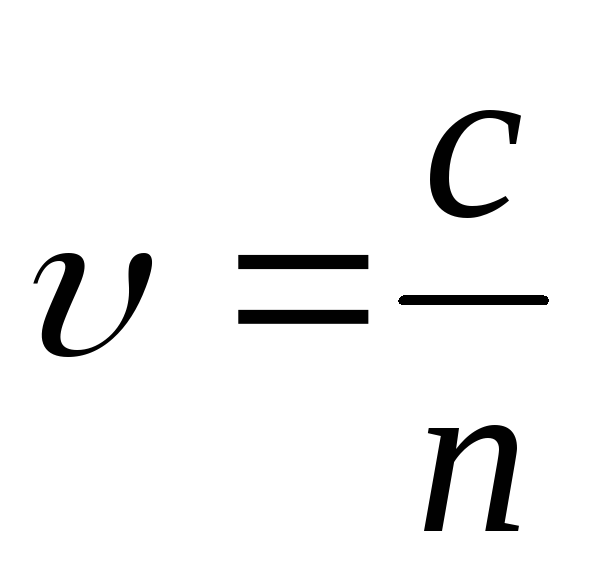Speed of light
The speed of light is the highest speed achievable in a vacuum of space, and it is equal to 299,792,458 meters per second.
This speed was discovered and experimentally measured in the second half of the 19th century, and according to Albert Einstein’s theory of relativity, it is a fundamental constant of nature.
The formula for the speed of light is:
c = λ/T
where:
c – speed of light [m/s]
λ – wavelength [m]
T – period [s]
The speed of light in a medium
The speed of light depends on the medium through which it propagates. Primarily, it is determined by the refractive index of the medium. The refractive index is a quantity that defines how much light changes its direction when transitioning from one medium to another.
The speed of light in a vacuum is approximately 299,792 kilometers per second (km/s). However, when light travels through different materials, its speed can vary.
Here are some examples of the speed of light in various media:
| Environment | Speed of light, km/s | The absolute index of refraction of the medium |
| Vacuum | 300,000 | 1 |
| Air | 299 704 | 1,003 |
| Ice | 228 782 | 1,31 |
| Water | 225 341 | 1,33 |
| Glass | 200 000 | 1,5 |
| Sugar | 192 300 | 1,56 |
| Carbon disulfide | 184 000 | 1,63 |
| Ruby | 170 386 | 1,76 |
| Diamond | 123 845 | 2,42 |
To obtain v (the speed of light in a specific medium), you need to divide c (the speed of light in a vacuum) by the refractive index n. Therefore, the propagation of light in any transparent medium is determined by the formula:

It is used for measuring distances in space, as well as for the development of various technologies, including optical communication networks and laser material processing. Additionally, it plays a crucial role in physics and astronomy, aiding in the study of the structure and behavior of the Universe.